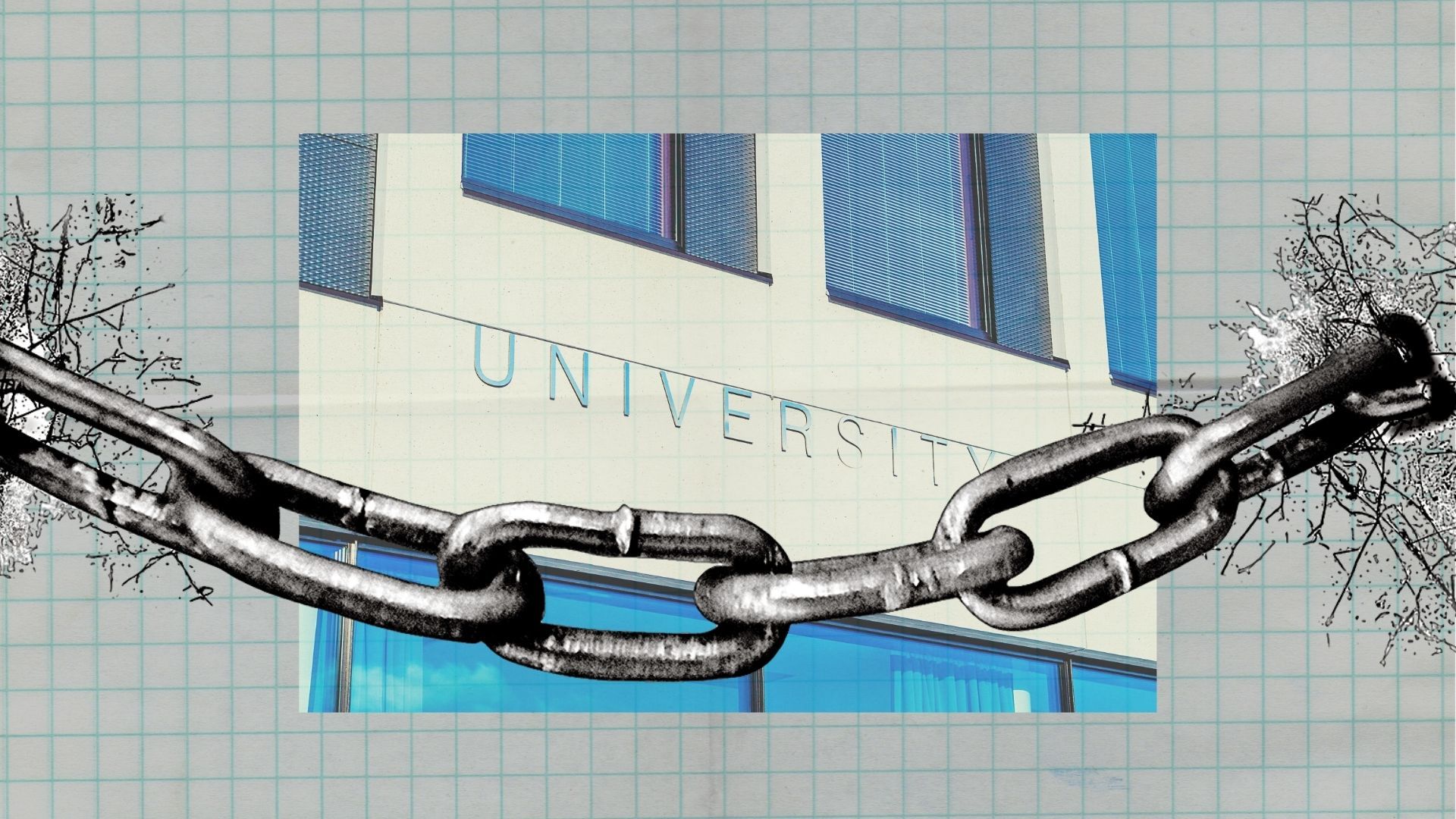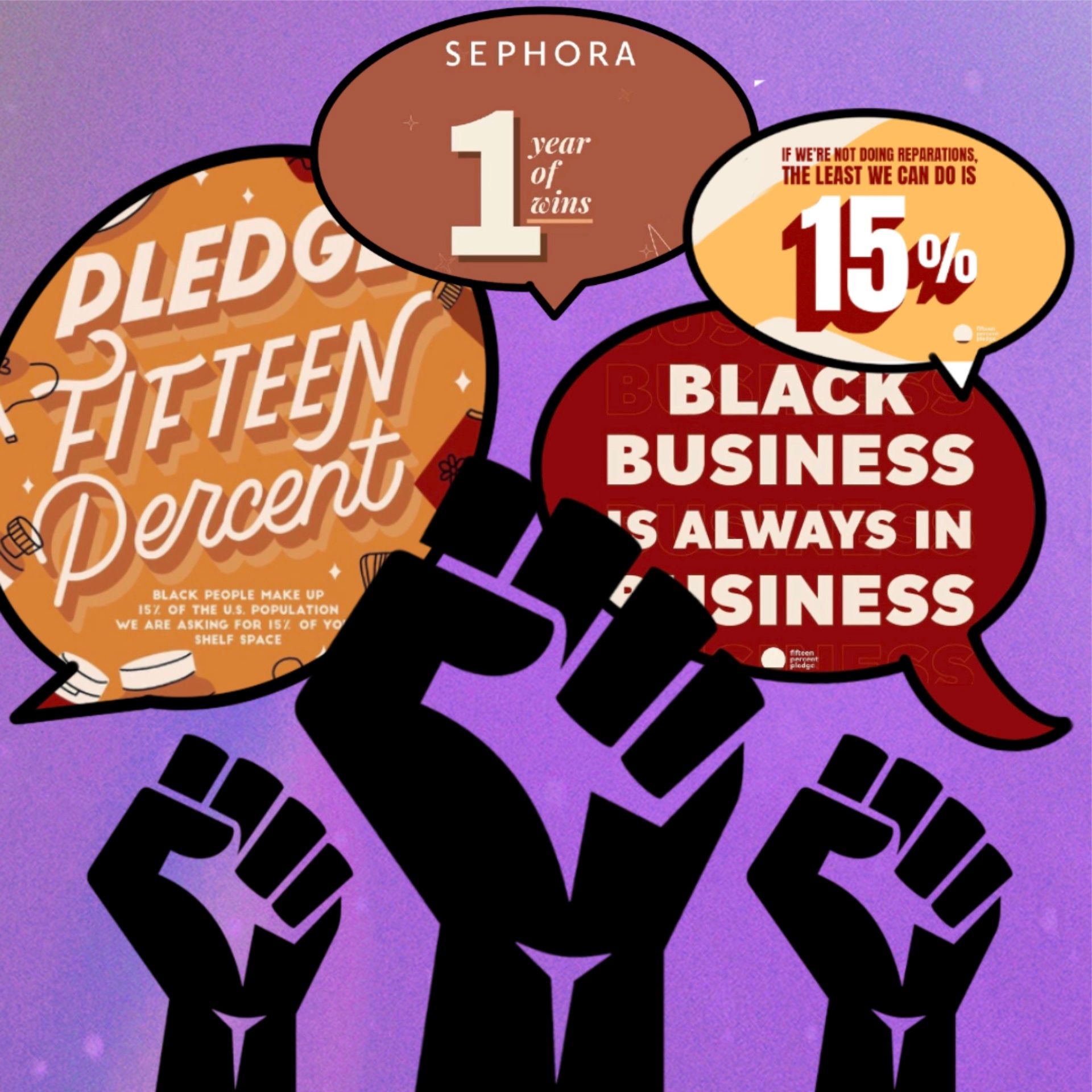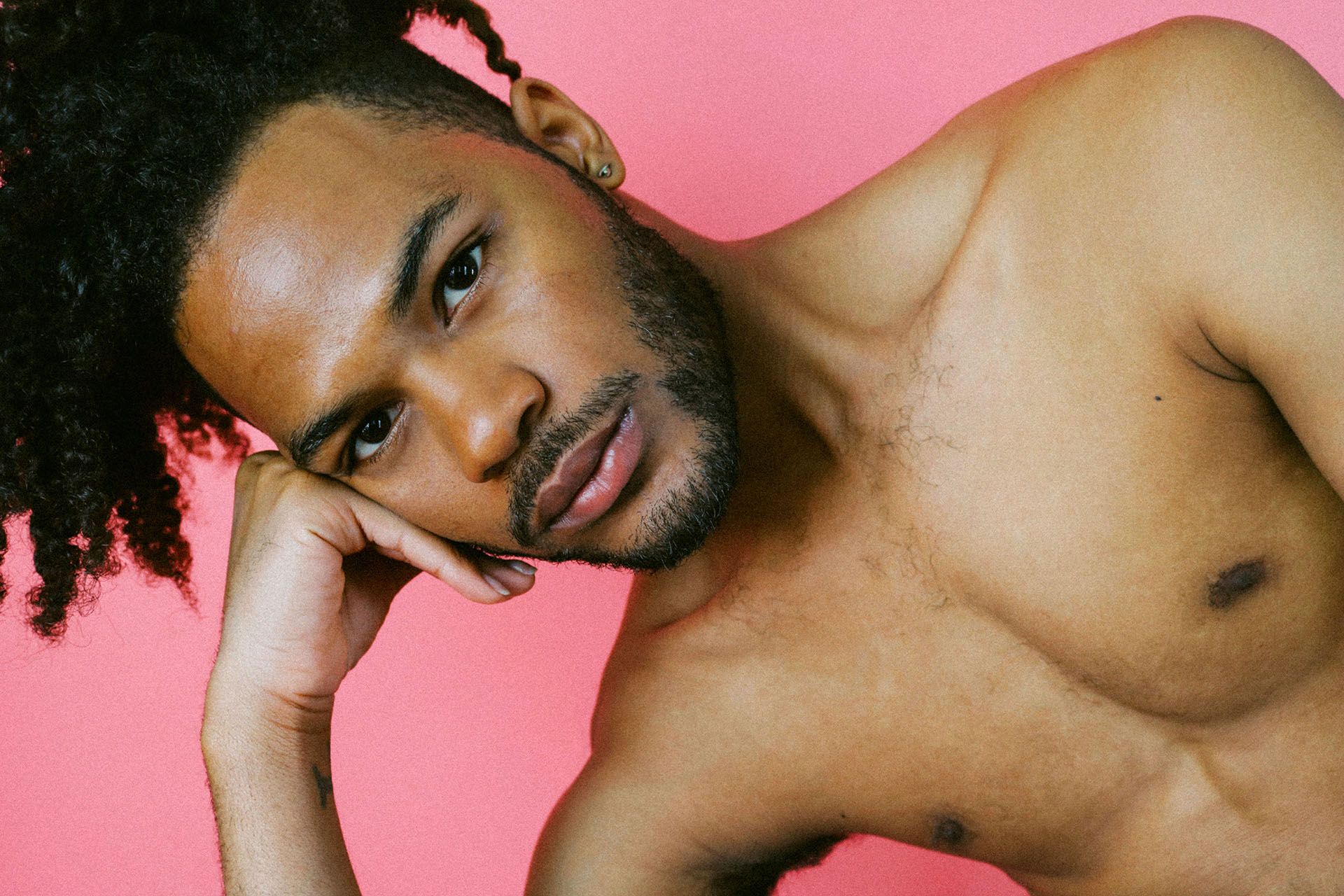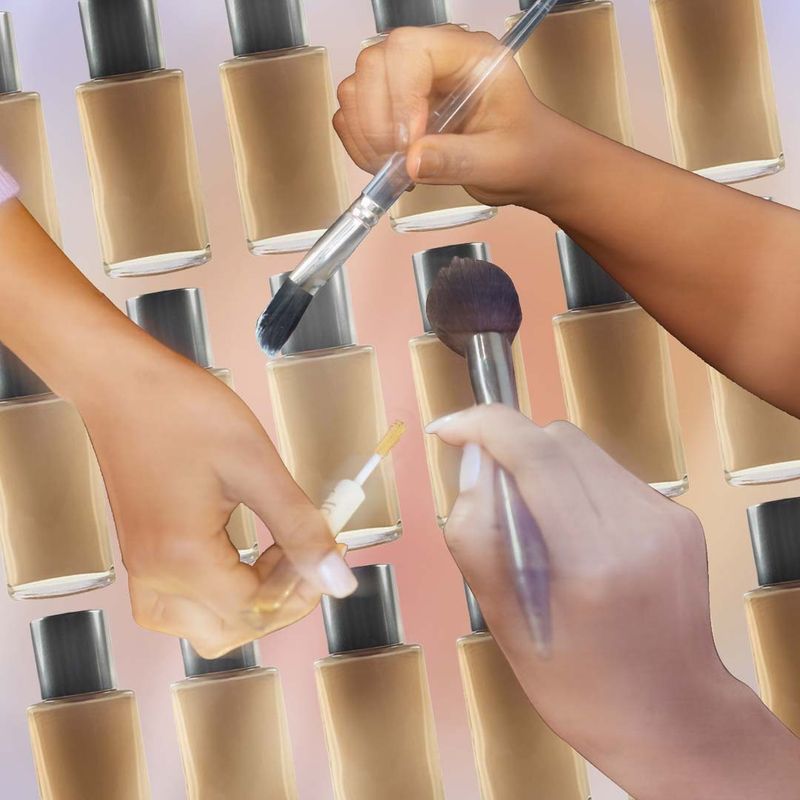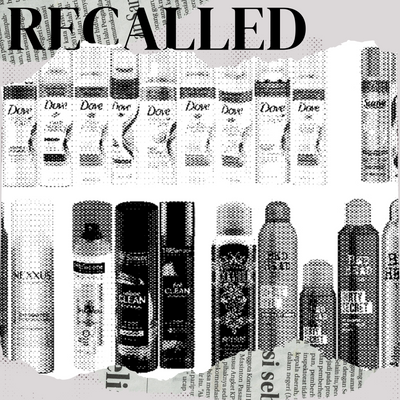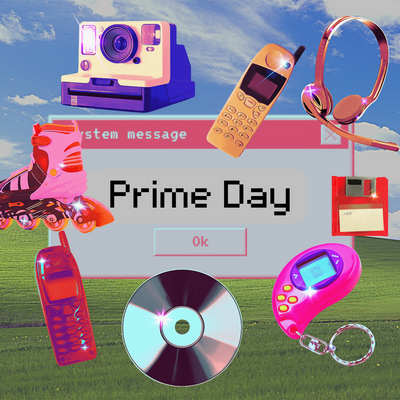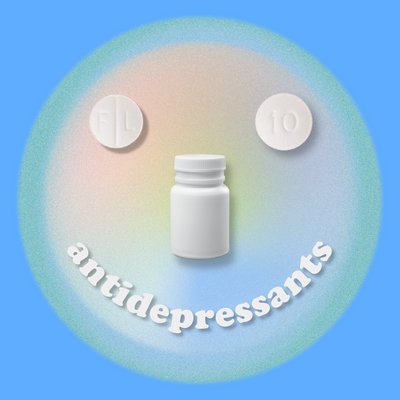Skin of color education is virtually non-existent in esthetician school.
It has been one year since I became an esthetician. After a year with my license, 600 hours of testing, theory, and hands-on practice, I still know very little about BIPOC skin.
I attended a predominately BIPOC institution in New Jersey – making me the minority of my cohort. Our textbook was filled with photos of skin conditions on white skin, requiring our teachers to use Google and other outside resources to find similar examples on BIPOC skin. The textbook was kind enough to set aside one page of text for skin of color education, and at the end, kindly suggested we pursue outside courses after graduation to learn more.
It hit me then that, although I was the one white girl in class, I was the only one learning about my skin.
This situation isn't unique to my school. Most esthetician schools in the U.S. use the same textbook and follow generally similar curriculums. BIPOC estheticians are expected to take extra steps to learn more about their own skin, as it is typically not addressed while in school.
Since this is a nationwide issue, Very Good Light was able to gain insight from two Black estheticians, who were educated in different states, on their experience learning about BIPOC skin in esthetician school.
Yuri, a licensed esthetician that studied in Indiana, says, "At some point, I knew the school I attended was just there to help me get my license, and I was going to have to educate myself on so many different topics afterward."
When it comes to how much she was actually taught, she recounts just how limited her education actually was.
"All I really remember learning about skin of color was the Fitzpatrick scale — [a numeric classification of skin pigmentation]. And that was it. It was really just so disappointing to go to an esthetician school and have my biases confirmed that when it comes to any medical-like setting, skin of color is never represented.
The fact that in 2019, a medical school student had to go and create his own textbook, just so that we can know what conditions look like on skin of color — That's just ridiculous to me."
To continue her education, she has taken courses with Dermalogica. "They have cool little skinfluencer classes you can take that teach you about different ingredients and skin techniques. I also have taken separate courses specifically for skin of color, acne, and hyperpigmentation.
We need to go all the way in-depth about all skin tones because, as estheticians, you're going to be experiencing clients with all different skin colors and tones. There are still a lot of estheticians that aren't knowledgeable about BIPOC skin, and when people go to receive a service, that person doesn't know how to treat it properly.
For estheticians, creators, and people who are looking to take better care of their skin, I recommend following Black dermatologists on social media and keeping yourself up to date on clinical studies.
Approach skincare like you have sensitive skin. Stick to gentle, calming, and hydrating products to avoid hyperpigmentation and potential breakouts. If you are looking to try more intense ingredients, patch testing is a great idea to pursue to gauge your skin's response."
Regina is another licensed esthetician who had a similar experience while training in Pennsylvania. "There was no emphasis on treating any skin of color, whether it was for skincare treatments or different approaches to waxing coarse hair types — which is very common on deeper skin tones.
In reference to disorders and diseases of the skin — all the photo examples were shown on white skin, with the exception of vitiligo, characterized by irregular lack of pigment."
She collaborates with other Black estheticians through social media and free seminars at trade shows to keep herself informed on the nuances of BIPOC skin. "Much of this was motivated by seeing how many clients were searching for Black practitioners to keep them safe, and I realized that there was a specialized need for the additional education.
We need to update the standard textbooks to include, at the very least, how disorders appear on Black skin. I can identify rosacea or inflammation easily on a white client, but on Black clients, I may look more closely.
Also, continuing education should be more widely regulated and accessible. Finding quality skin health education is tough, and when you find something worth your time and money, your State Regulatory Board may not recognize it."
For those looking for tailored advice when their skin type is underserved, Regina also suggests opting for gentler treatments. "Your skin may be strong, but it's not invincible. Find a provider that looks like you, and shop around a bit for consultations until you find someone you are comfortable with and can trust."
With the rise of skinfluencers as well as increased accessibility of BIPOC dermatologists and estheticians, the lack of education surrounding BIPOC skin is becoming easier to overcome. The conversations surrounding representation and visibility are just the starting place for significant change against institutionalized biases. White skin is not the only skin, and the skincare educational space needs to begin reflecting that reality.
READ MORE LIKE THIS
